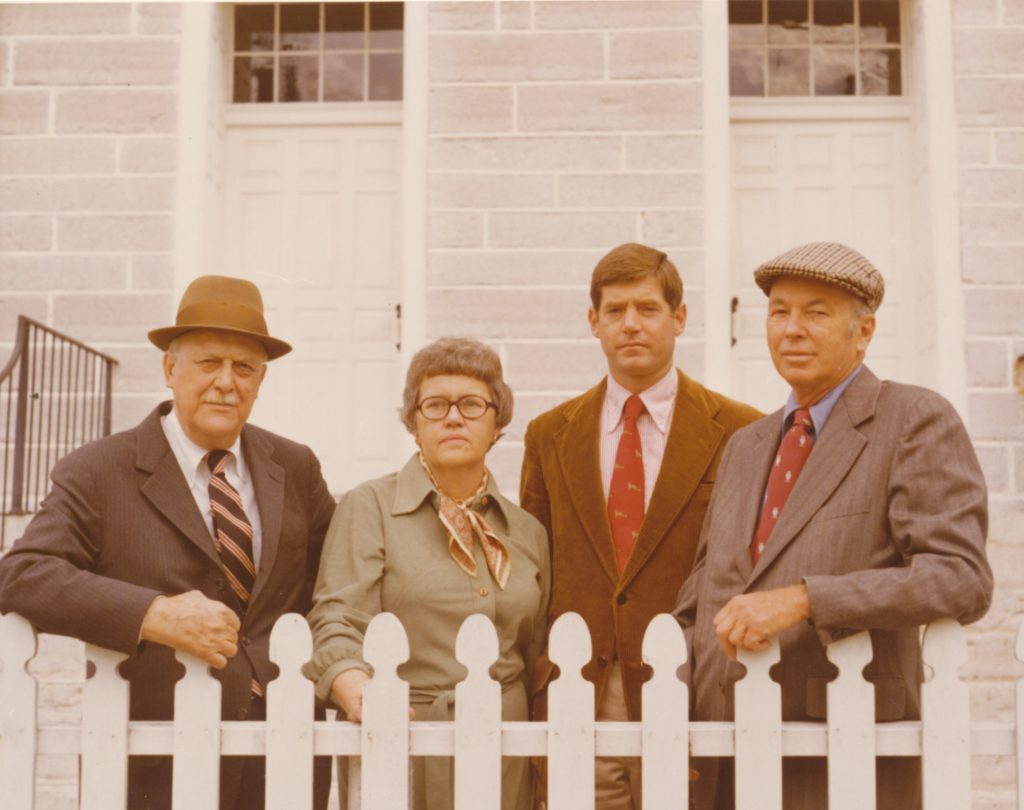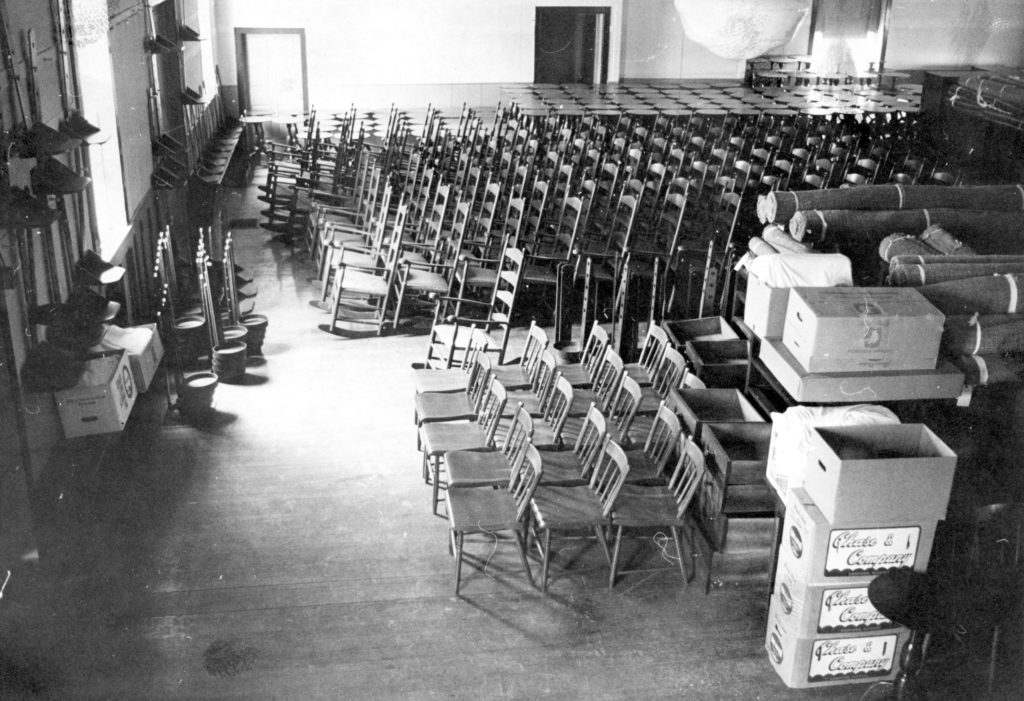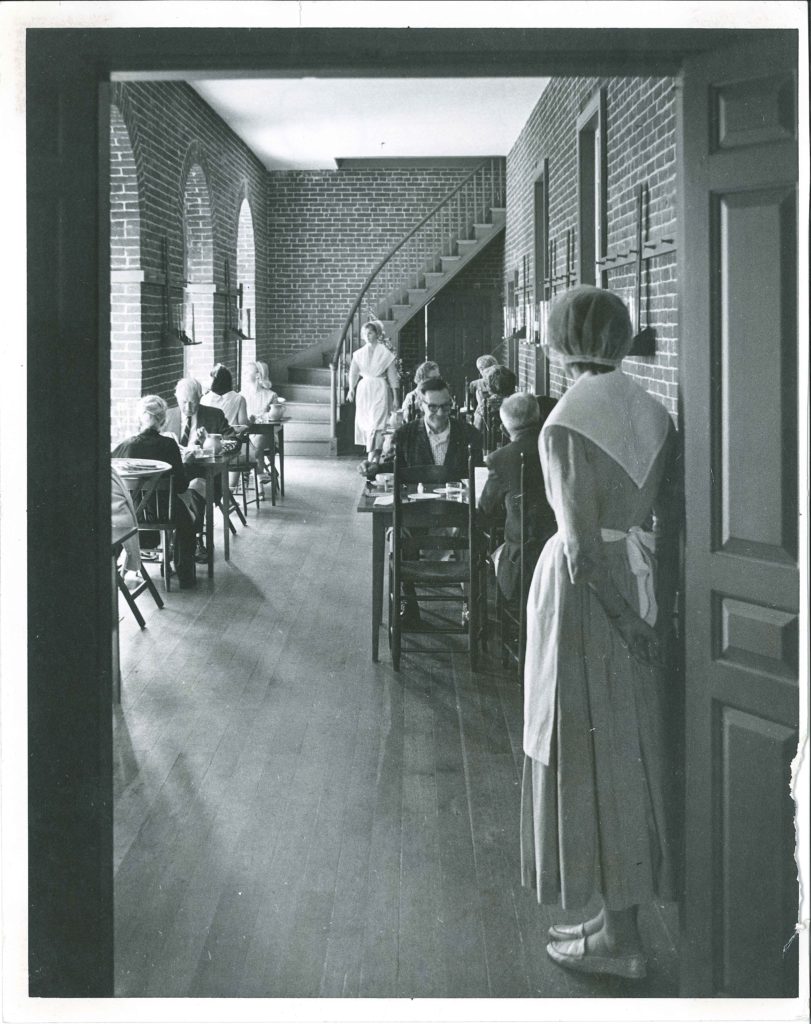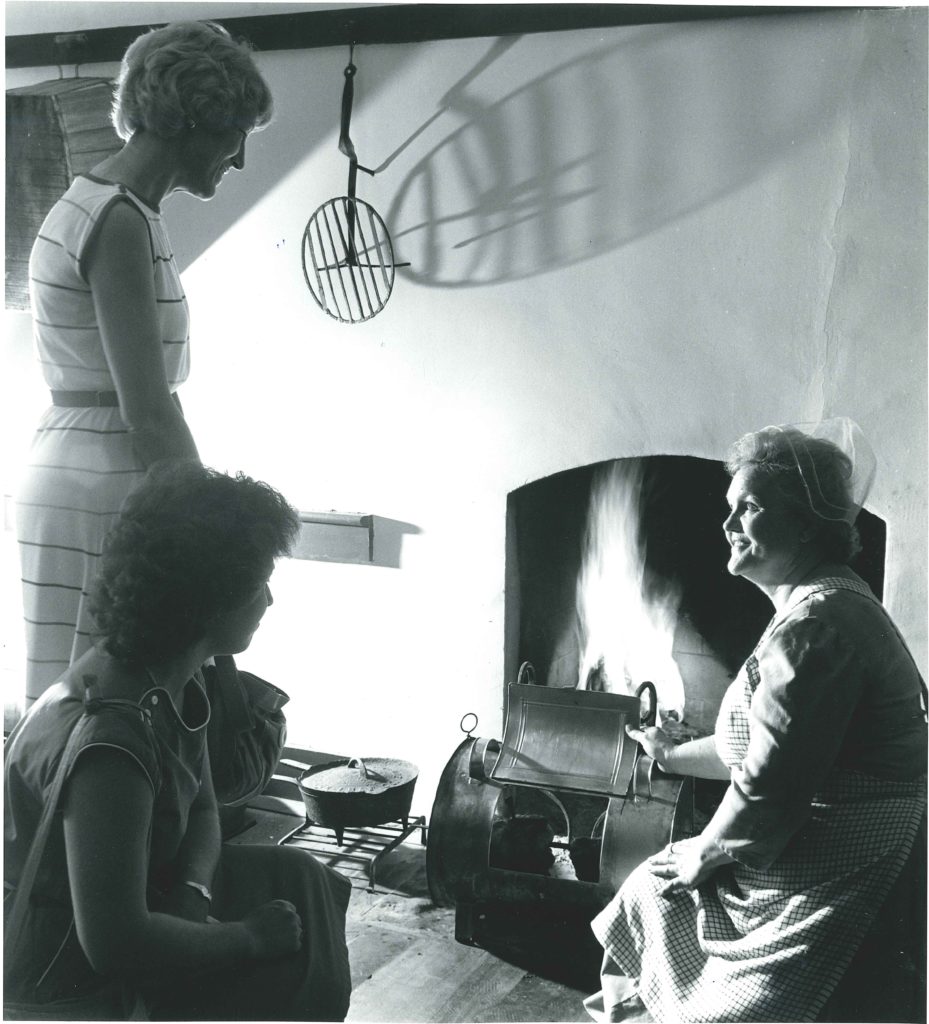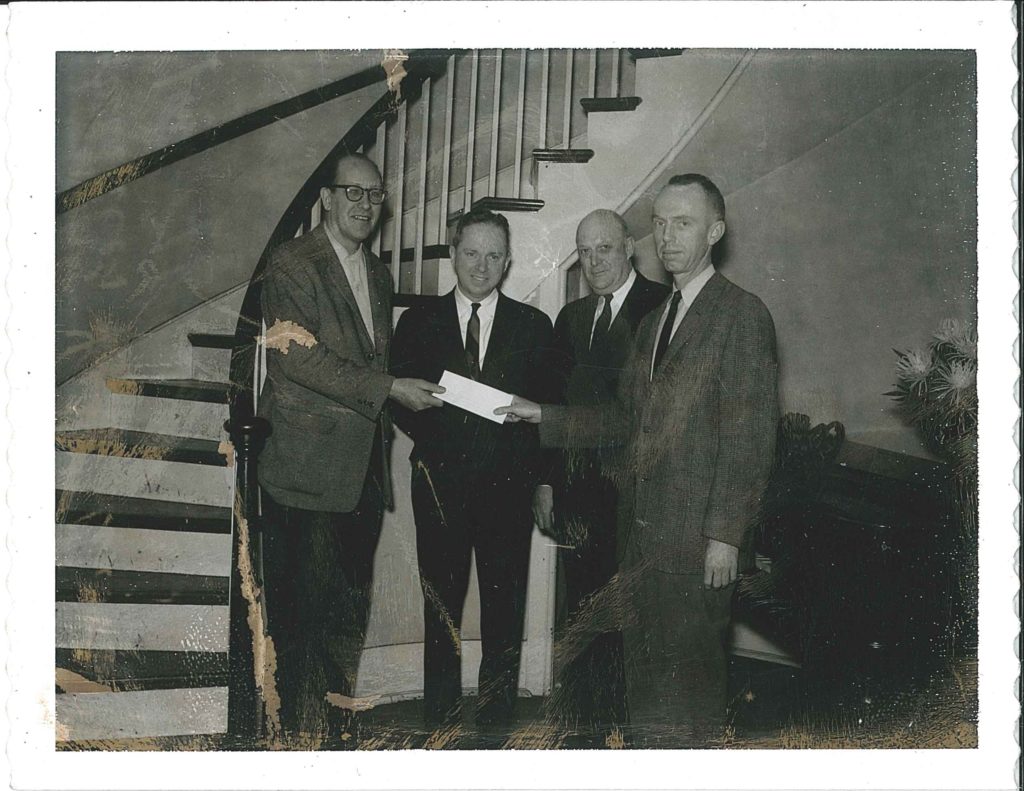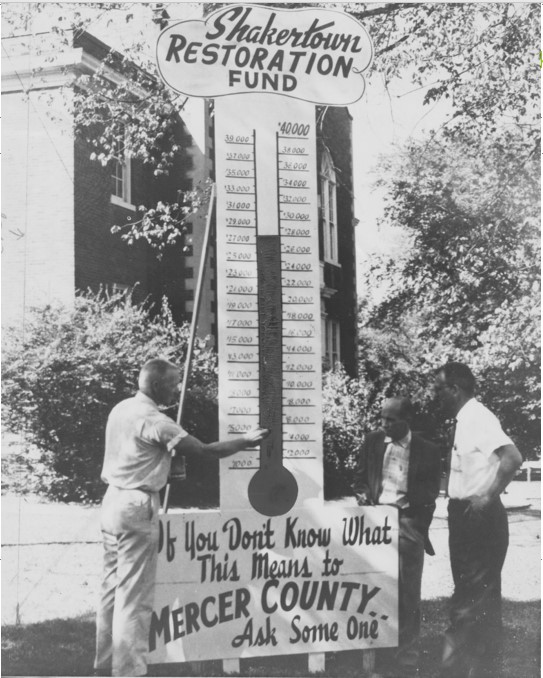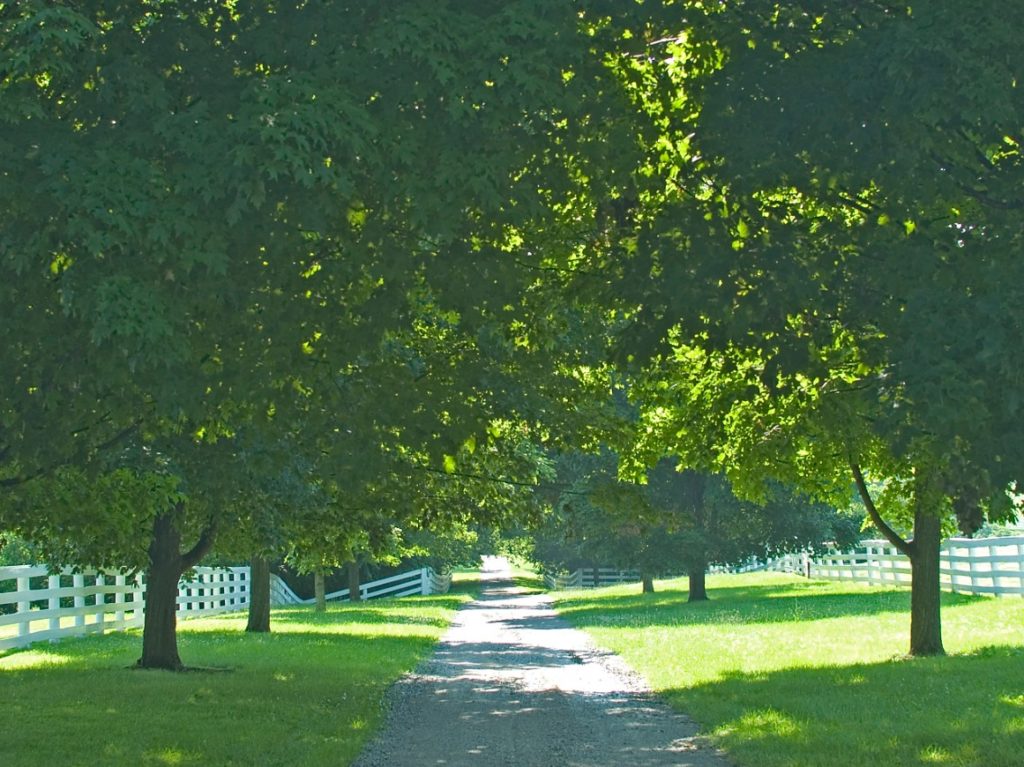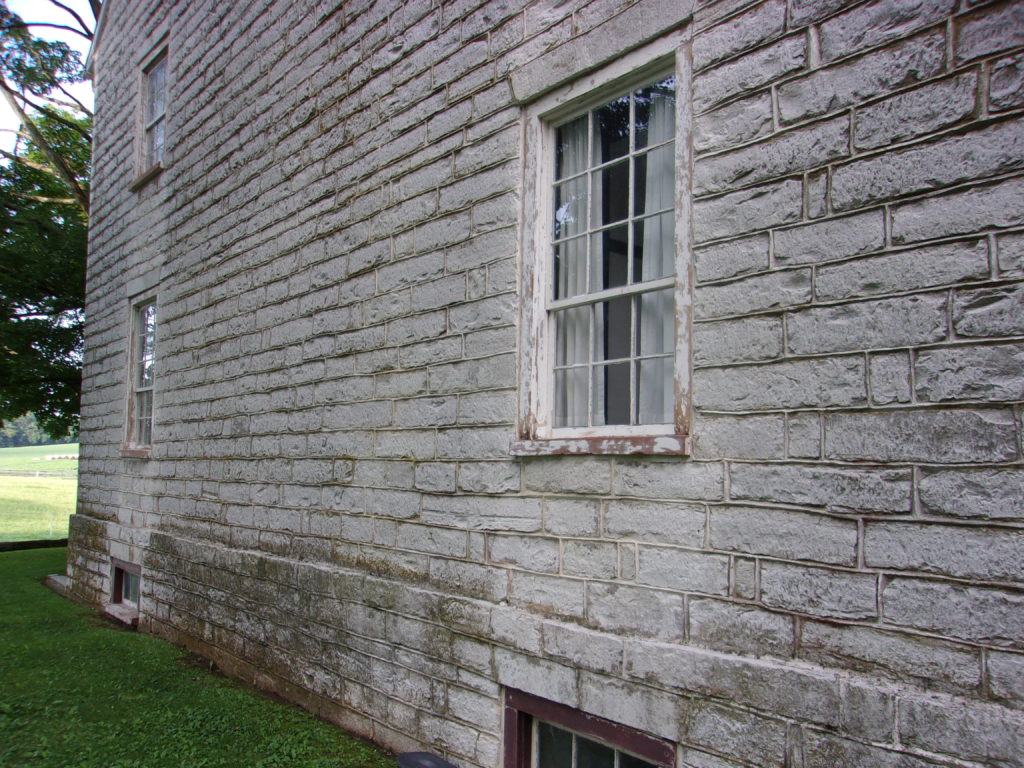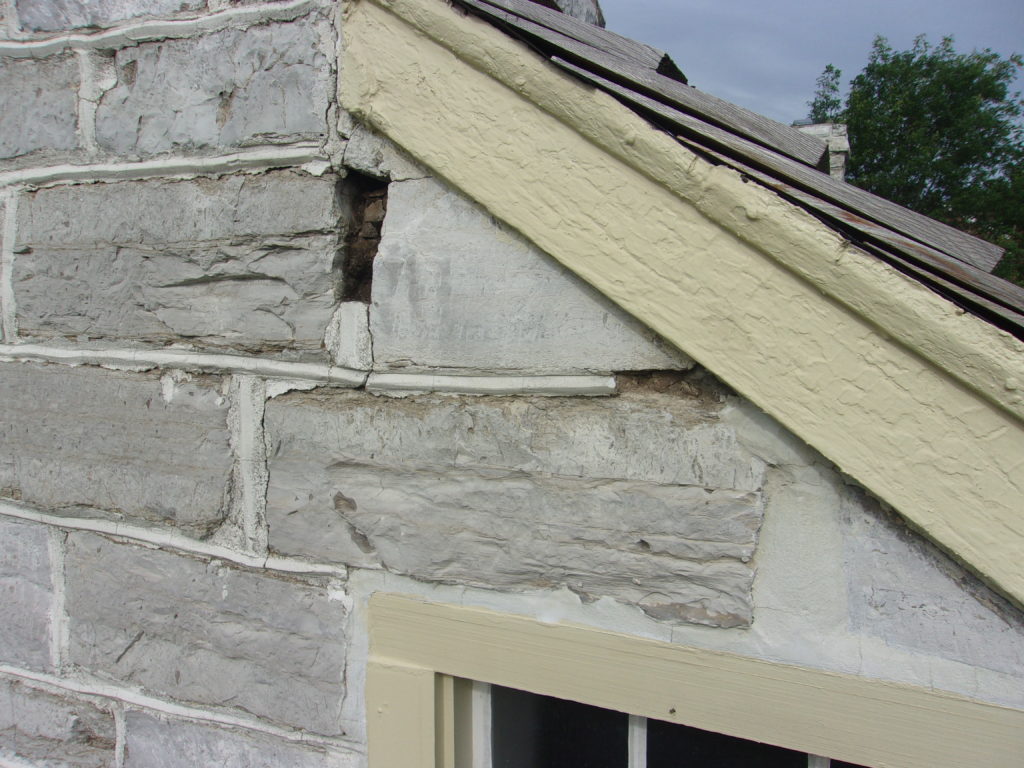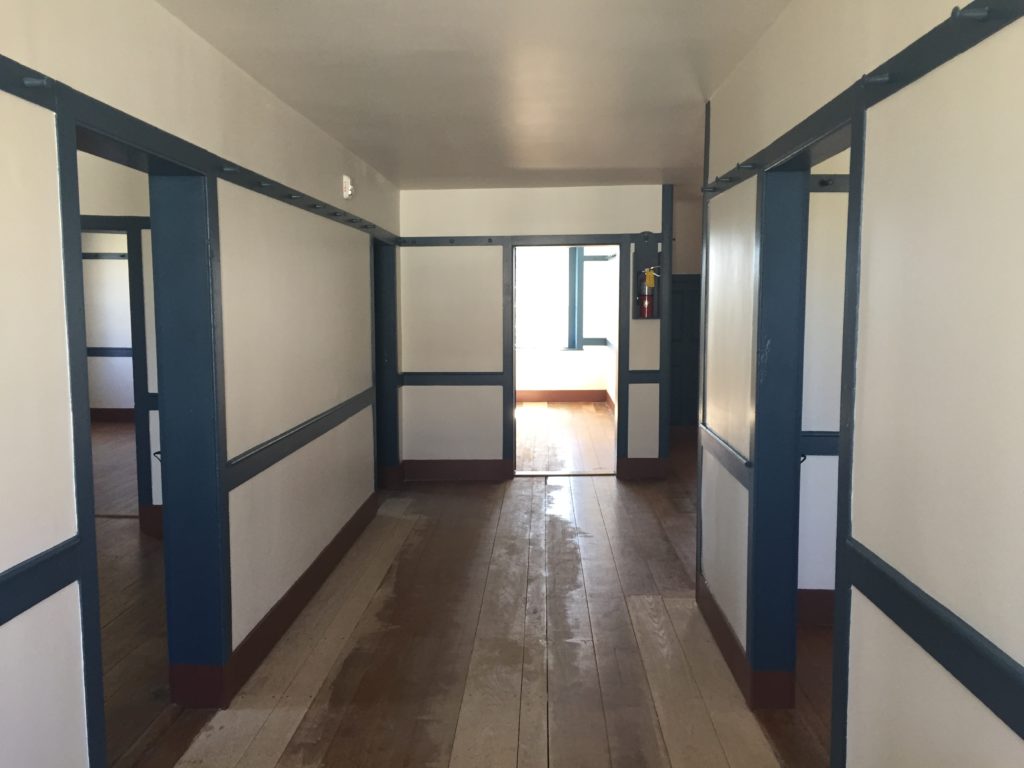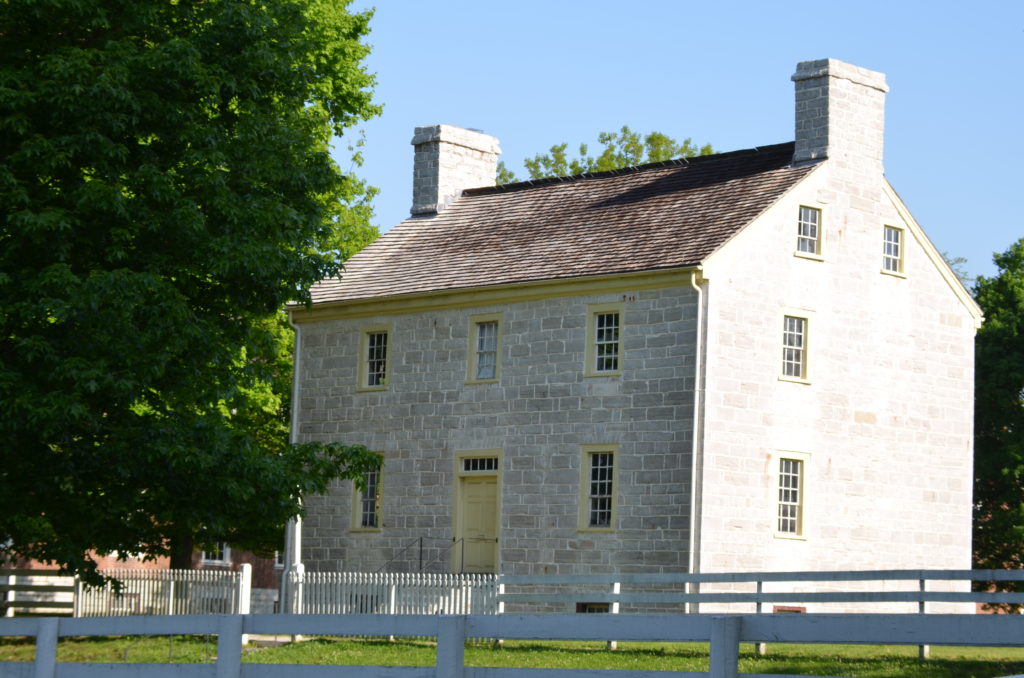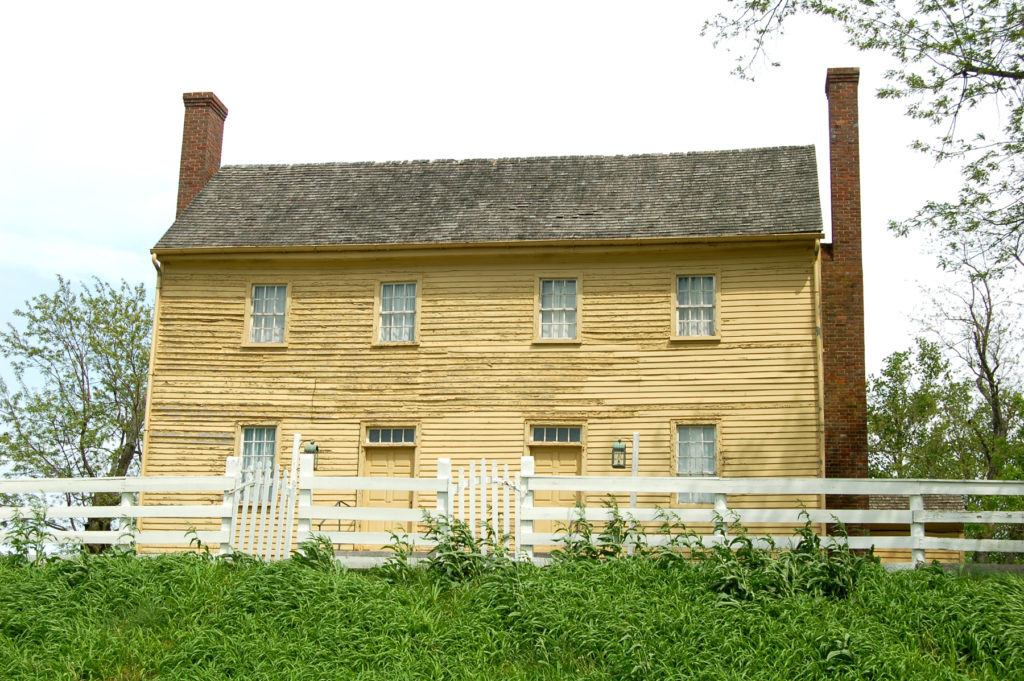Maynard Crossland, President & CEO
Historic sites are very traditional places. Obviously the missions of these institutions are based on the traditional values of preserving and interpreting the collective stories of our past. History doesn’t change – what happened happened, or so it would seem.
So, if history doesn’t change, does the interpretation of history have to change and evolve? I would argue that, yes, it does. Certain facts about our history may not change, but our knowledge and understanding of that history does. That dynamic is what keeps our history and the stories of the past alive and relevant from generation to generation.
Historic sites, museums and other cultural institutions are constantly struggling with this paradox. Sometimes those of us who work to promote and interpret history feel like we have one foot in the past and the other in the future. In order to survive, we must be relevant in the present, anticipate the future and keep digging deeper into our past.
Shaker Village has been focused on this paradox from the beginning of its development as a historic site. In 1961, a group of dedicated preservationists organized to save what was then known as Shakertown. As the restoration progressed, the discussions on how to tell the stories of those who lived here began. James Cogar was soon hired as the first cultural historian with the responsibility of designing and implementing the site’s interpretation. Mr. Cogar was one of the country’s leading experts on developing new and modern ways of interpreting historic sites. Through his work at Colonial Williamsburg he brought a first-person interpretative model to Shaker Village.
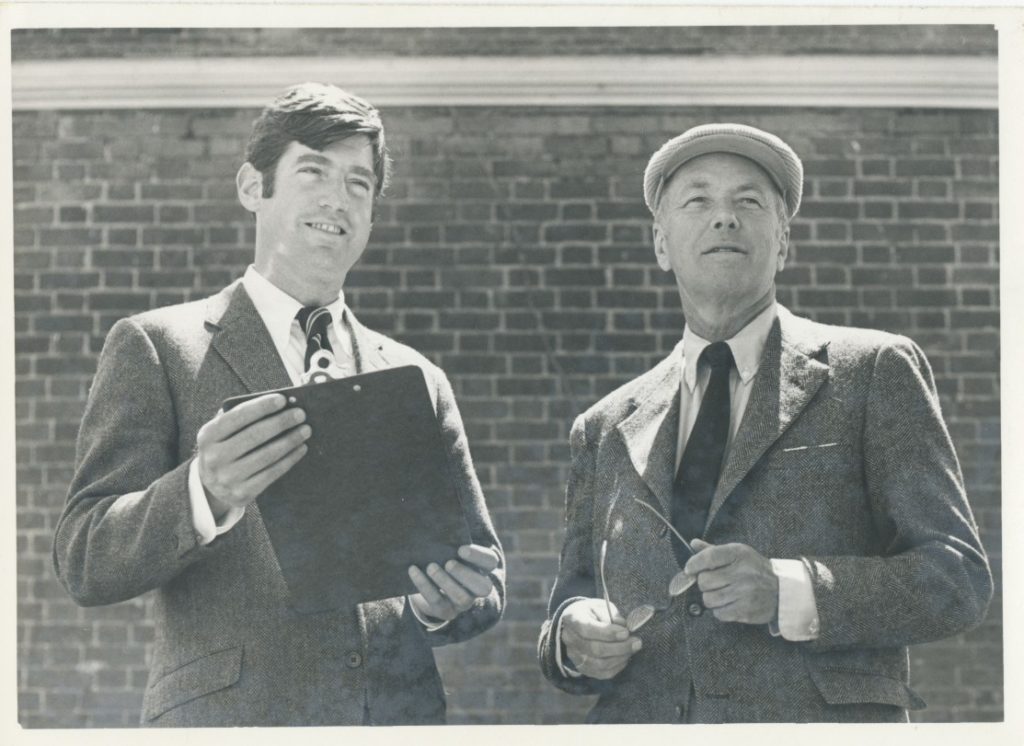
This method of interpretation consisted of craftsmen, artisans, and interpretive staff dressed in period- appropriate costumes demonstrating crafts and day-to-day living routines of the Shakers. It was a major departure from the more traditional interpretive format that was commonly used at that time which was based on the display of furniture, clothing, tools, and other inanimate objects safely secured behind barriers.
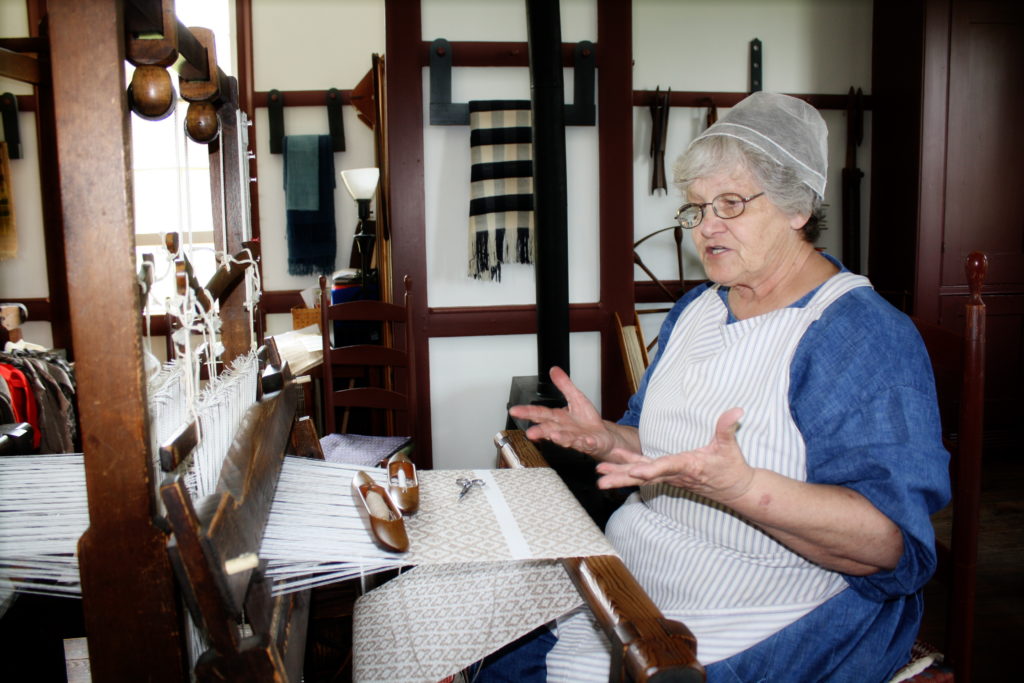
The decision to do things differently was in direct response to the dramatic cultural shifts that were happening after World War II into the 1960s. The invention of television and full-color movies were major reasons the public began to expect a more interactive experience at cultural institutions and historic sites. The first-person interpretative model met that need. It was a major reason for the success of the Village in those early years. The Village prospered and grew based upon that success and people came in droves to experience this new way of interpreting history.
Now let’s fast forward 60 years. Consider the speed and intensity of cultural change between 1961 and 2021. Who would have believed in 1961 that 60 years in the future everyone would be carrying around a powerful computer in their pocket, or that our kids would have instant access to facts and knowledge as vast and varied as the holdings of a major library? Suddenly we are able to connect with people from all over the world with a single click, and are bombarded with instant knowledge of newsworthy events without having to wait for the morning delivery of a printed newspaper.
The effects of this change on human interactions, social norms and our daily lives is dramatic. We can endlessly ponder both the good and the not-so-good effects of this technological revolution but none-the-less, cultural institutions, just like other businesses, must respond in order to stay relevant and engaging to the next generation.
Shaker Village found that once again our audience began signaling changing expectations, wants and needs. This became painfully obvious as our customer base began to recede and the institution suffered significant consequences. We were not alone as historic sites across the country began to see similar issues. Attendance and financial public support dropped off dramatically beginning in the 1990s and was heightened by the economic crisis of 2008. We needed to respond and discover new ways of engaging the public. The need for change was heard loud and clear. In some ways the path forward was easy to describe—identify the audience, ask them what they want, then give it to them. Putting that in to practice is much more difficult.
Beginning in 2011 the Board of Trustees knew the future of the Village was in peril and significant steps needed to be taken. We launched two independent studies to help guide our way forward. One study focused on the restoration of our historic infrastructure and the other provided research and verification of our need to attract a wider customer base. The result of these initiatives launched a capital campaign to both restore our infrastructure and modernize the guest experience. Today we have made major progress in restoring buildings throughout the Village and have developed an expansive interactive guest experience with a major exhibition plan, outdoor learning stations, and a new app that will feature in-depth interpretation on that little computer everyone has in their pocket. Through all of this however, one thing remained constant–the Shaker legacy and the stories that have, and always will, meander through this beautiful landscape and intertwine with the simplicity of the built environment that makes Shaker Village a very powerful place.
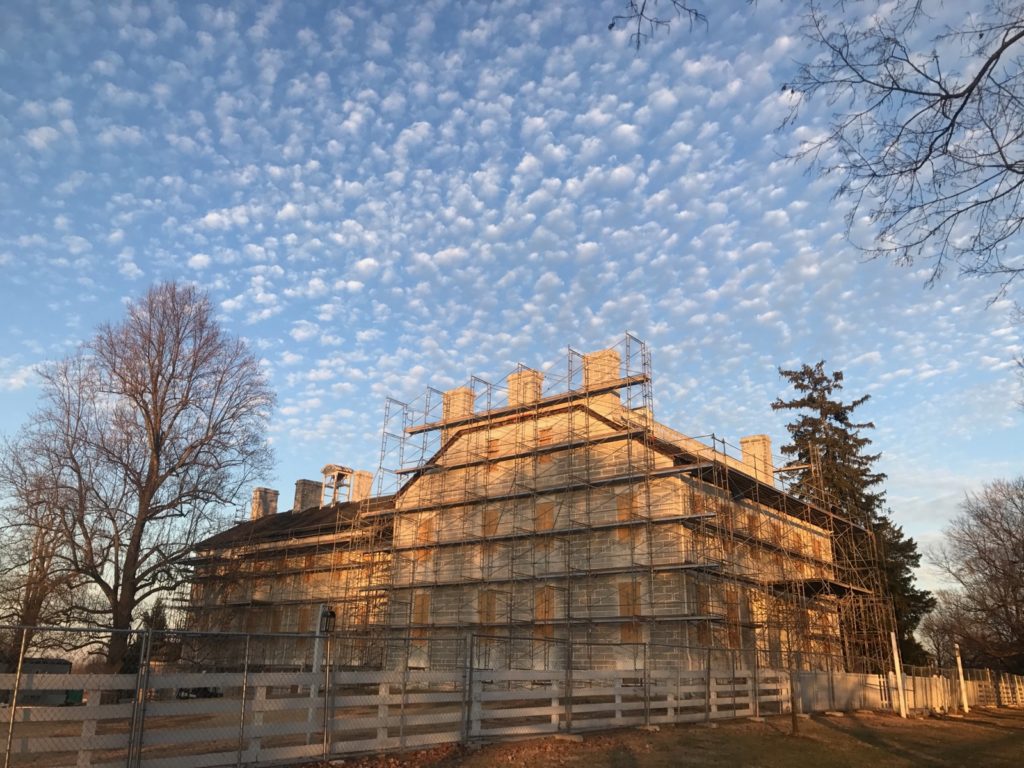
Letting go of old ways and launching into the unknown is never easy; it can be downright scary. Our mission, our greatest responsibility, is to preserve the legacy of the Shaker community that rose up on this beautiful landscape overlooking the palisades of the Kentucky River. We must give voice and power to the experiences and stories that were left behind and to the lives that were lived in order to inform, encourage and engage every new generation that follows.
The world will continue to evolve and many people will pass through yearning for answers that are hidden within our history. What happened here will continue to have relevance and importance to each person as they travel through this continuum of life. We must be ready and willing to change in order to meet them where they are and gift them the opportunity to find their own answers. Ultimately, isn’t that what we all want?
